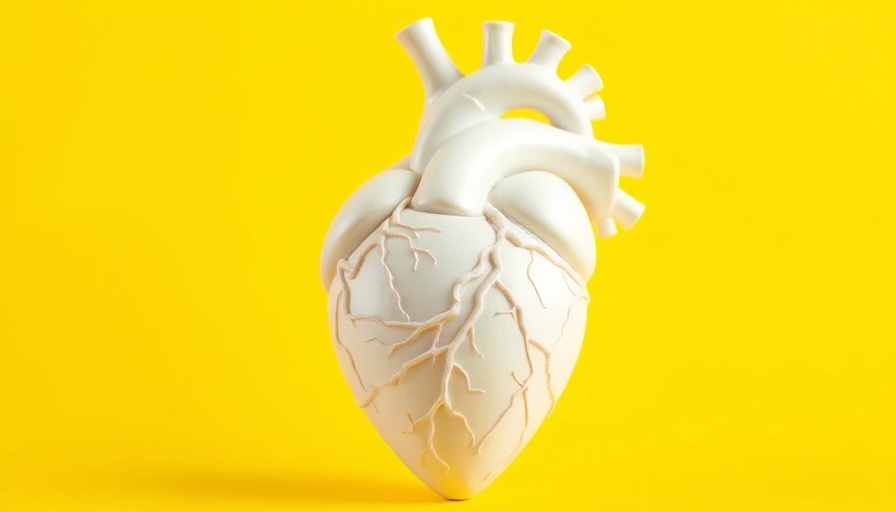
Understanding Angioplasty and Stents: A Complex Choice
Angioplasty and heart stents have become increasingly common terms in conversations about heart health. However, what lies behind these seemingly miraculous interventions? Often, patients and even some healthcare providers assume that stents and angioplasty significantly improve heart health, reducing the risk of heart attacks. Yet, recent findings tell a different story, revealing a gap between popular belief and clinical evidence.
The Misunderstanding of Benefits
It’s essential to grasp that the reality of angioplasty and stenting may not live up to expectations. Studies have shown that these procedures do not significantly lower the risk of heart attacks or even extend life for patients with stable coronary artery disease. Shockingly, many patients erroneously believe that angioplasty will reduce their chances of having a heart attack, despite the fact that cardiologists themselves often don’t endorse this view. It raises a crucial question: why do these misconceptions persist?
Evidence Versus Behavior: A Chasm in Healthcare
Medical professionals often face a peculiar dissonance. While the data suggest that stenting offers minimal benefit for stable patients, cardiologists continue to recommend and perform these procedures. A study highlighted that physicians appear to be trapped in a cycle of belief rather than empirical evidence, prioritizing the ease of these interventions over the reality of their effectiveness. This gap can lead to patients embarking on procedures that may not provide the promised benefits.
The Risks Are Real
More than just misunderstandings exist around the efficacy; tangible risks accompany these procedures. During an angioplasty procedure, complications arise, and the risk of a serious issue such as a heart attack or stroke remains at an unsettling level. After stenting, the need for blood thinners increases, presenting even more potential complications, including bleeding events or stent thrombosis, which can lead to heart attacks. When weighed against the perceived benefits, these risks challenge the notion that stenting is a secure option.
The Role of Patient Education
To bridge the gap between patient understanding and medical advice, effective communication is essential. Tools have been developed to provide patients with clear information about the risks and benefits of angioplasty and stenting, enabling informed decision-making. Inclusion of data about the physician’s experience with these procedures fosters transparency that can help individuals make better health choices.
Alternatives to Angioplasty: Exploring Options
As patients consider their options, it’s vital to explore alternatives to angioplasty that may lead to better long-term outcomes. Lifestyle changes, such as adopting a heart-healthy diet, engaging in regular physical activity, and managing stress levels, can make significant differences in heart health without the immediate risks associated with invasive procedures. Moreover, integrating practices like yoga can contribute positively to cardiovascular wellness.
Conclusion: Making Informed Health Choices
The topic of angioplasty and heart stents embodies a complex intersection of hope, misunderstanding, and clinical realities. As patients, taking time to research, ask questions, and understand the potential implications of these procedures is crucial. Health decisions should not be made lightly, and a clear comprehension of the actual benefits and risks empowers individuals to advocate for their health.
Are you considering angioplasty or stenting? Reach out for a consultation to discuss your options. Your heart health deserves careful consideration!
 Add Row
Add Row  Add
Add 




Write A Comment